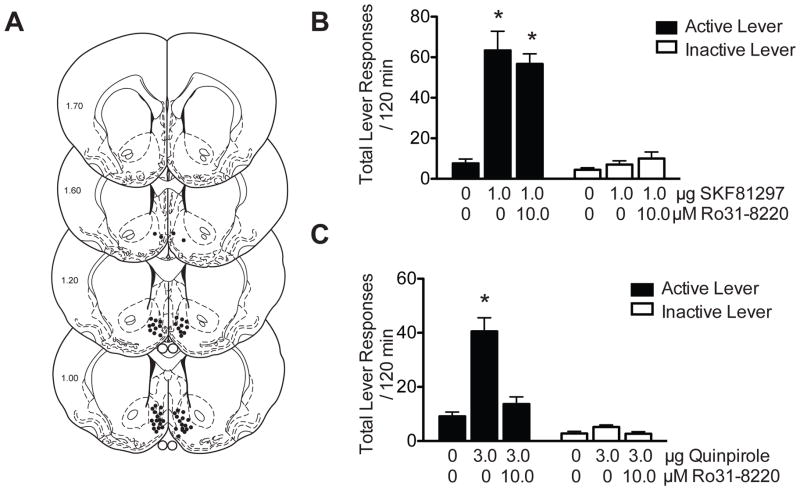Figure 1. Microinjection of a PKC inhibitor into the NAc shell blocks D2DR, but not D1DR, agonist-induced reinstatement of cocaine seeking.
(A) Coronal sections depicting microinjection sites, as indicated by closed circles, targeting the medial NAc shell in the dopamine receptor agonist experiments. Numbers on the left side of the coronal sections denote distance from bregma in the anteroposterior direction. (B) Total number of lever responses during the reinstatement test session following intra-accumbens shell administration of vehicle, 1.0 μg SKF-81297 or 10.0 μM Ro31-8220 + 1.0 μg SKF-81297. There was a significant increase in active lever responding in animals treated with 1.0 μg SKF-81297 or 10.0 μM Ro 31-8220 + 1.0 μg SKF-81297 when compared to vehicle treated controls (Tukey’s HSD, *p<0.05). (C) Total lever responses following intra-accumbens shell infusion of vehicle, 3.0 μg quinpirole or 10.0 μM Ro 31-8220 + 3.0 μg quinpirole. There was a significant increase in active lever responding in animals treated with 3.0 μg quinpirole when compared to animals treated with vehicle or 10.0 μM Ro 31-8220 + 3.0 μg quinpirole (Tukey’s HSD, *p<0.05). No significant differences in inactive lever responding were observed in either the SKF-81297 or quinpirole experiments.

